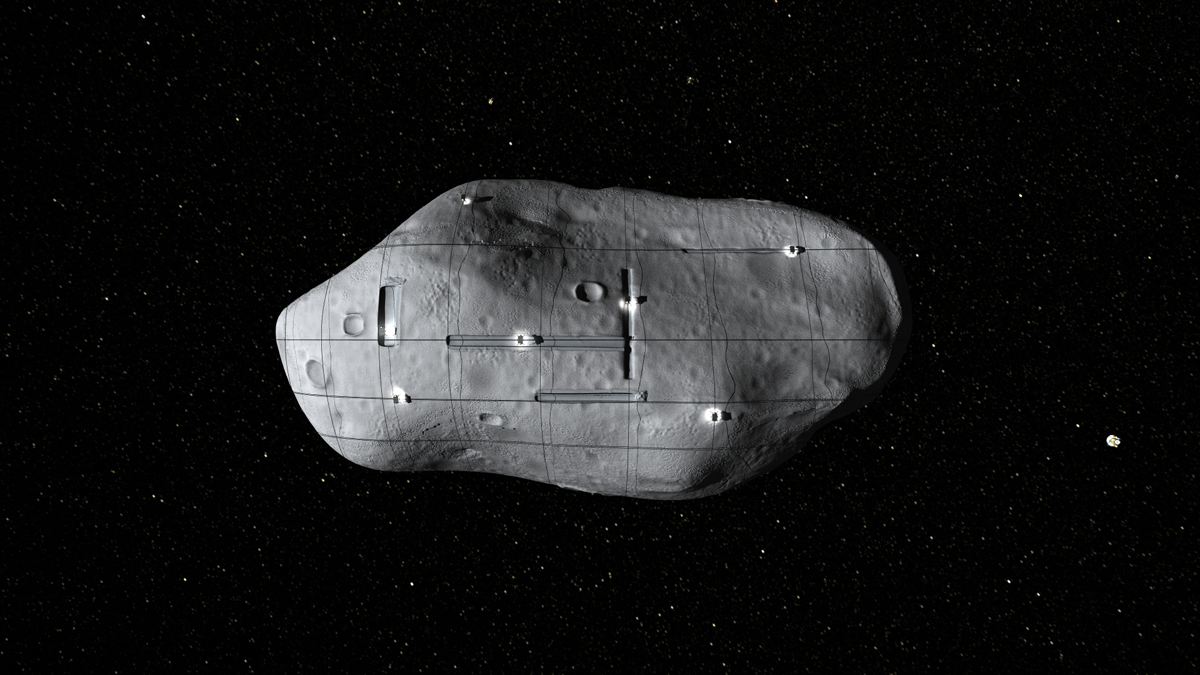The so-called Kármán Line, about 100 kilometers above the earth’s mean sea level, is often adopted as an informal marker of this boundary. More common are the distinctions between low Earth orbit, medium Earth orbit, and high Earth orbit. Identifying where low Earth orbit begins and ends is a matter of some disagreement, but it is conventionally considered to begin somewhere around 160 kilometers above Earth and end somewhere around 2,000 kilometers above Earth. The elliptical shape of the planet means that locating this fundamental geophysical boundary is complex even where this convention is followed.
The Arrow-3 deal clearly indicates that the Zeitenwende should not be understood only in relation to the threat of Russian expansion in Eastern Europe, but also in relation to the increasingly close military and diplomatic relationship emerging between Germany and Israel. What direction the Zeitenwende will take under the new security conditions being forged by the current Trump administration remains to be seen, but it seems certain that Germany’s path to militarization will only intensify, regardless of whether or not a gulf emerges between the US and Europe regarding the latter’s security.
My conceptualization of geopolitical economy is indebted to the work of Radhika Desai and her important 2013 book Geopolitical Economy: After US Hegemony, Globalization and Empire (Pluto Press, 2013), although I mean it in a somewhat broader sense. Desai’s concept of “the materiality of nations” and her analyses of the importance of imperialism in managing capitalist crises are crucial for grasping the nature of contemporary geopolitical relations. However, I depart somewhat from her critique of theories of United States hegemony as mistaking ideological claims to dominance for dominance itself, insofar as the US remains by far the most militarily and financially powerful state. While unipolar control is clearly beyond its capacity, even with its vastly disproportionate military might, and its economic dominance continues to decline, the US continues to occupy a uniquely powerful geopolitical position. The account of US imperial power found in so-called “campist” publications, such as Monthly Review and The Tricontinental, which Desai partly theorizes geopolitical economy against, remains compelling even as such analyses sometimes fall into the trap of the “dialectic enmities” with which they are too often caricatured. See for example “Hyper-Imperialism: A Dangerous Decadent New Stage,” an online report published by The Tricontinental in January 2024, and John Bellamy Foster, “The New Denial of Imperialism on the Left,” Monthly Review (November 2024).
This is not to assume that a golden era existed when the human presence in outer space was defined by purely scientific endeavor, free of geopolitical or economic interest. This is clearly a fiction that does not describe the history of space programs since the 1950s. Rather, the point is that commercial motivations have become central within the diverse set of factors driving the development of the space sector over the last decade.
The US Space Force was surely the first state body anywhere in the world, let alone the first branch of a national military, to be launched at the same time as a satirical sitcom with the same name mocking its existence.
Indeed, without decades of public money being channeled into university research and national space missions it is unlikely that these operations will even be technically viable.
Jason W. Moore, Capitalism in the Web of Life: Ecology and the Accumulation of Capital (New York and London: Verso, 2015).
Anna Lowenhaupt Tsing, “Natural Resources and Capitalist Frontiers,” Economic and Political Weekly 38, no. 48 (2003): 5100-5106.
